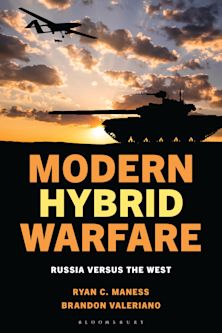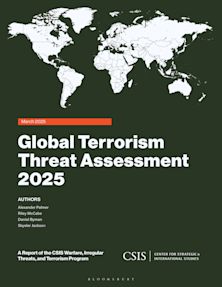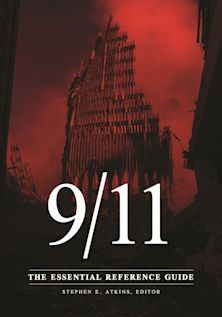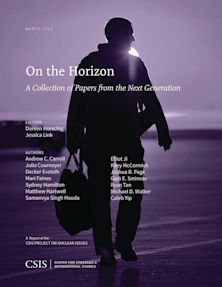How to Think about Homeland Security: Risk, Threats, and the New Normal
Volume 2
- Textbook
How to Think about Homeland Security: Risk, Threats, and the New Normal
Volume 2
- Textbook
Description
Risk, Threats and the New Normal explains the new political and technological developments that created new domestic national security threats against the nation and the people of the United States. The book traces the development of and competition between national preparedness (focused on people and property), and civil defense / security (focused on the defense of systems and infrastructure) since the latter days of World War I. Extensive policy research demonstrates a shift in federal (and hence state and local) focus over the last decade from WMD based Threats at the National Security Level (TNSL) back to more traditional hazards and disasters. A framework is offered to analyze and evaluate TNSL dangers to national power; it is applied to a case study involving a nuclear attack. Recommendations are offered to mitigate or prevent the potentially catastrophic aftermath. In Vol 3 this analysis will be extended to other TNSL events (chemical, biological, radiological, etc.) and the actors who must prepare for them.
Table of Contents
Foreword by General Ralph Eberhart
Acknowledgments
About This Series
Introducing the Concept of Frameworks: Thinking About Thinking About Homeland Security
Part I: Thinking About Risk
Threat, Preparedness and Defense: A History of Adapting to a New NormalFrom Countering Terrorism to a Preparedness System: Rethinking Homeland SecurityThe DHS Risk Management Process Improving the Utility, and Reducing the Risk, of Risk Following the Clues: The Shifting Focus of Risk ManagementA Brother by Another Mother: Risk Management for Critical Infrastructure
Part II: Thinking About Threats
Not All MOMs Are Created Equal: The TNSL Test The Special Danger of Terrorism at the National Security Level The Nature, Character and Conduct of War The Dangerous Enigma of Terrorism Terrorism as Criminal War
Part III: Thinking About the New Normal
A Framework for Thinking About Threats and the New Normal Shall we Play a Game? (Preparedness and a Nuclear MOM) From Preparedness to National Defense (Nuclear TNSL MOM)TNSL MOMs, Bad DADs, and a Newer New Normal
Index
About the Author
Product details
| Published | 14 Oct 2019 |
|---|---|
| Format | Ebook (Epub & Mobi) |
| Edition | 1st |
| Extent | 250 |
| ISBN | 9781538125786 |
| Imprint | Rowman & Littlefield Publishers |
| Illustrations | 8 tables; 9 charts; 12 textboxes |
| Series | How to Think about Homeland Security |
| Publisher | Bloomsbury Publishing |



































